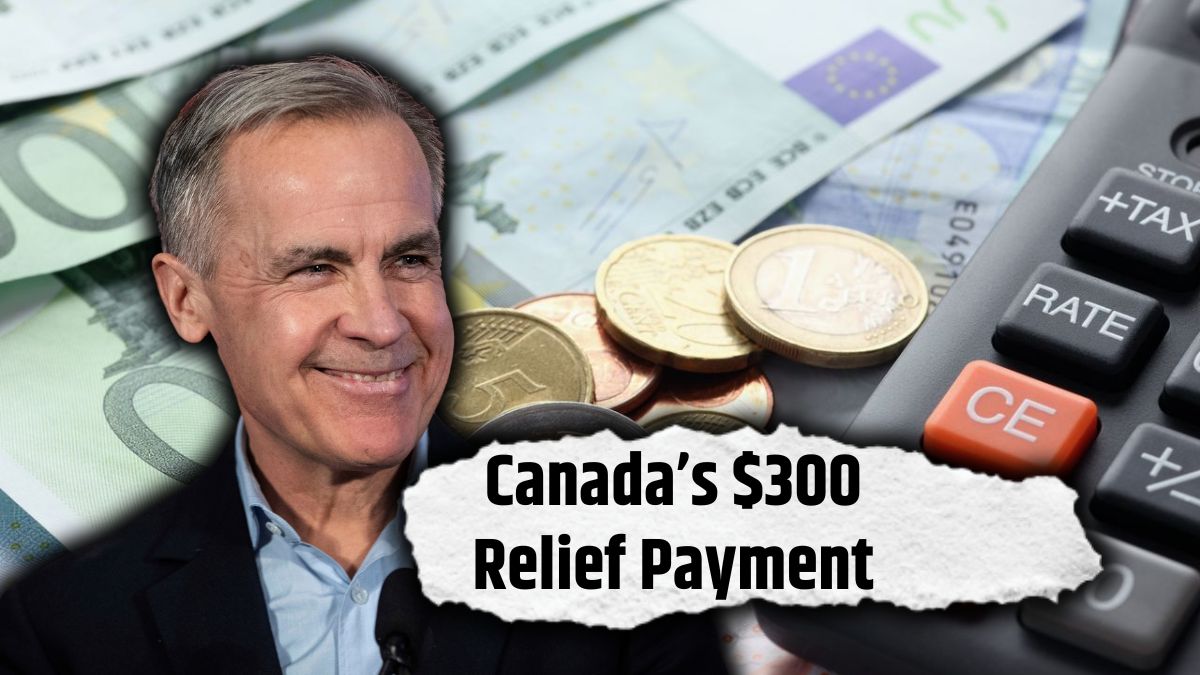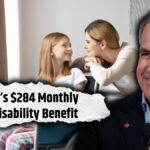With inflation and everyday costs rising faster than most incomes, Canadians are under growing financial stress. In response, the federal government is stepping in with a one-time, tax-free $300 payment aimed at offering immediate relief to seniors, families, and low- to moderate-income earners.
While it’s not a recurring benefit, this payment is expected to help cushion the blow of climbing living expenses—especially for those already receiving support from existing federal programs.
What Is the $300 One-Time Federal Payment?
The $300 payment is a single, non-taxable cash benefit provided by the Canadian government. It’s intended to support vulnerable populations, such as low-income individuals, seniors, people with disabilities, and families with children, during a period of economic uncertainty and rising consumer prices.
| Feature | Description |
|---|---|
| Payment Type | One-time financial support |
| Amount | $300 |
| Taxable? | No |
| Application Required? | No |
| Delivery Method | Direct deposit or cheque |
| Target Group | Low- to moderate-income Canadians |
This is not a part of any recurring federal benefit, but rather a temporary financial measure aimed at boosting household cash flow and encouraging local spending.
Who Is Eligible for the $300 Payment?
Not everyone will receive this payment. However, the eligibility criteria are relatively broad and inclusive, targeting those already facing the highest cost-of-living pressure.
You Qualify If You:
- Are a Canadian citizen or permanent resident
- Are 18 years or older
- Have low or moderate income, based on your most recent tax filing
- Are already receiving Old Age Security (OAS) or other government pensions
- Are a person with a disability, with valid supporting documentation
- Are a parent receiving the Canada Child Benefit (CCB)
- Already receive GST/HST Credits, the Climate Action Incentive, or similar income-tested benefits
If you’re receiving existing federal aid, such as the GST/HST Credit or CCB, you are very likely to be eligible for this $300 payment as well.
You Do NOT Qualify If You:
- Are a high-income earner exceeding the income threshold
- Are a non-resident or in Canada on a temporary visa
- Have not filed your taxes for the current or previous year
Timely tax filing remains one of the most crucial steps in maintaining eligibility for any federal benefit in Canada—including this one.
How and When Will the $300 Payment Be Delivered?
The government has not yet issued an exact payment date, but officials suggest that the rollout will begin “in the coming months.” Based on previous benefit distributions, the deposit is expected to coincide with other scheduled payments, such as the GST/HST Credit, CCB, or OAS.
Delivery Methods:
- Direct Deposit – If your CRA account already has updated banking information, expect the funds to be automatically deposited into your bank account.
- Cheque by Mail – If you haven’t set up direct deposit, a physical cheque will be mailed to your current address on file.
The CRA is also expected to send out notifications or update your My Account portal shortly before the payment is issued.
Why Is the Government Sending This $300 Payment?
This payment is about more than just covering short-term costs—it’s part of a strategic push to stabilize household finances and stimulate local economies.
When low-income Canadians receive a direct cash payment, studies show that the money is typically spent immediately on:
- Groceries
- Transportation
- Childcare
- Utility bills
- Rent or mortgage payments
This kind of targeted support boosts community spending and helps small businesses stay afloat during periods of economic strain.
In short, this is a short-term fix with long-term intentions—to protect economic confidence and help vulnerable Canadians regain their financial footing.
Other Benefits You May Receive Alongside the $300
The federal government often introduces or delivers multiple benefits in tandem, especially during economic downturns or inflation surges.
Here are a few other federal and provincial programs that could complement the $300 payment:
| Program | Purpose |
|---|---|
| Canada Child Benefit (CCB) | Monthly tax-free support for families with children under 18 |
| GST/HST Credit | Quarterly tax refund for low-income Canadians |
| Old Age Security (OAS) | Monthly pension for seniors aged 65 and older |
| Climate Action Incentive | Quarterly payment to offset carbon taxes |
| Alberta Child Benefit | Extra monthly support for qualifying Alberta families |
If you’re eligible for multiple programs, you may notice multiple deposits around the same timeframe, especially when using CRA’s direct deposit.
Why It’s Important to File Taxes—even with Low Income
If you haven’t filed your taxes recently, you may not receive this payment—even if you meet all the eligibility criteria.
Why? Because most federal benefits, including the $300 payment, rely on your most recent tax return to verify:
- Income levels
- Residency status
- Eligibility for related benefits
Filing taxes ensures the CRA can automatically assess your qualifications for programs like:
- GST/HST Credits
- Climate Action Incentives
- CCB
- Seniors’ top-ups and income supplements
In short: no return, no benefit.
What This Means for Seniors and Fixed-Income Households
Seniors receiving OAS or other federal pensions are among the primary beneficiaries of this one-time payment.
For this group, the $300 may help cover:
- Rising prescription or health care costs
- Higher grocery and transport expenses
- Utility bills that are outpacing monthly pension support
Given that many seniors live on fixed incomes, even one-time relief can offer essential breathing room in their monthly budget.








